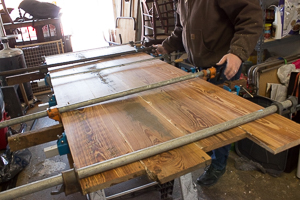
To create a solid wood panel for a desk or tabletop, you need to glue boards together. You need to know how to glue up a panel! How do you do that?
I’m going to describe three methods that will allow you to create a wide, flat, panel.
- Clamps and Cauls
- Clamps and Biscuits or Dowels
- Pocket Screws and Biscuits of Dowels
First we need to prep the boards. We need the edges to be straight and smooth. This can be done with a jointer , hand planes or a router with an edge guide.
Lay the boards out in a pleasing grain pattern. Some woodworkers believe that the grain should alter cupping up and cupping down, to help keep the panel from deforming later. I usually focus on making sure my panel face will look is best.
Clamps and Cauls
Cauls are a pair of boards that are clamped to both faces of the panel, and are used to make sure the boards are flush to each other. It is recommended that they be made of hardwood, and that the panel be less than 30″ wide. 2 sets are used for panels up to 24″ long, and a third set in the middle if longer.
Many woodworkers make the faces of the caul slightly curved to better spread the force across the face of the panel. It is also recommended that the surface of the cauls be covered in packing tape, or plastic wrap, to keep from gluing them to the panel.
And of course you also need clamps pulling the boards together, alternating top and bottom (see photo below).
This is the most traditional, and it can be frustrating on larger panels, to get everything lined up correctly.
Clamps and Biscuits or Dowels
Instead of trying to clamp the boards to keep the edges from being misaligned, we can cut matching biscuit slots, or drill dowel holes in the edges. Biscuits or dowels can then be used to align the boards during the clamping phase to keep the edges lined up.
This process lets us build a panel as wide as you like (kitchen table anyone?), and as long as you like (and if you have enough clamps).
Pocket Hole Screws and Biscuits or Dowels
Pocket hole screws eliminate the need for having a lot of clamps on hand. The screws act as miniature clamps while the biscuits or dowels take care of alignment.
Of course for all of these to succeed in giving a flat panel, you must assemble everything on a flat, level surface. Otherwise, you will create a warped or twisted panel…
Summary
All three methods can yield success. Here are my parting thoughts on each one.
- Clamps and Cauls – traditional method, get some help to get everything lined up on a larger panel! Need a bunch of long clamps, as well as smaller clamps for the cauls.
- Clamps and Biscuits / Dowels – Much easier to align, you only have to clamp in one direction. You have a lot of holes to drill or slots to cut. Still need a bunch of clamps.
- Pocket Screws and Biscuits / Dowels – A lot of slots/dowel holes and pocket screw holes. Easier for one person to pull off. No clamps. (May be the cheapest to get started with) This is the one I prefer most of the time.
So go ahead and make the dinning room table, or office desktop. It really does not take a lot of special skill or tools.
Please comment and let me know what you think. Did I miss a method that you prefer? Do my explanations leave you with more questions than answers?
And please subscribe to my newsletter and get all the latest updates!
Dan
Related Postings
- Beginners Guide: Kreg Pocket Hole Jigs – The Mini
- How to Cut a Straight Line (With a Circular Saw)
- Wood Movement: Why Did My Table Top Shrink?


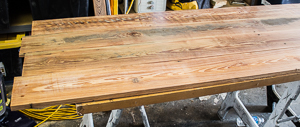
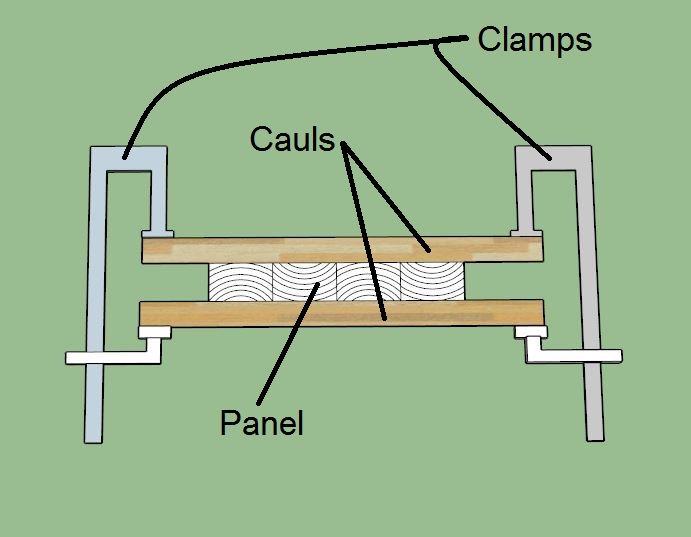

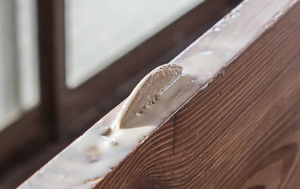
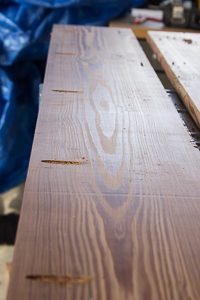

This article is very amazing and very helpful in my personal work. Thanks for your great submission Dan.